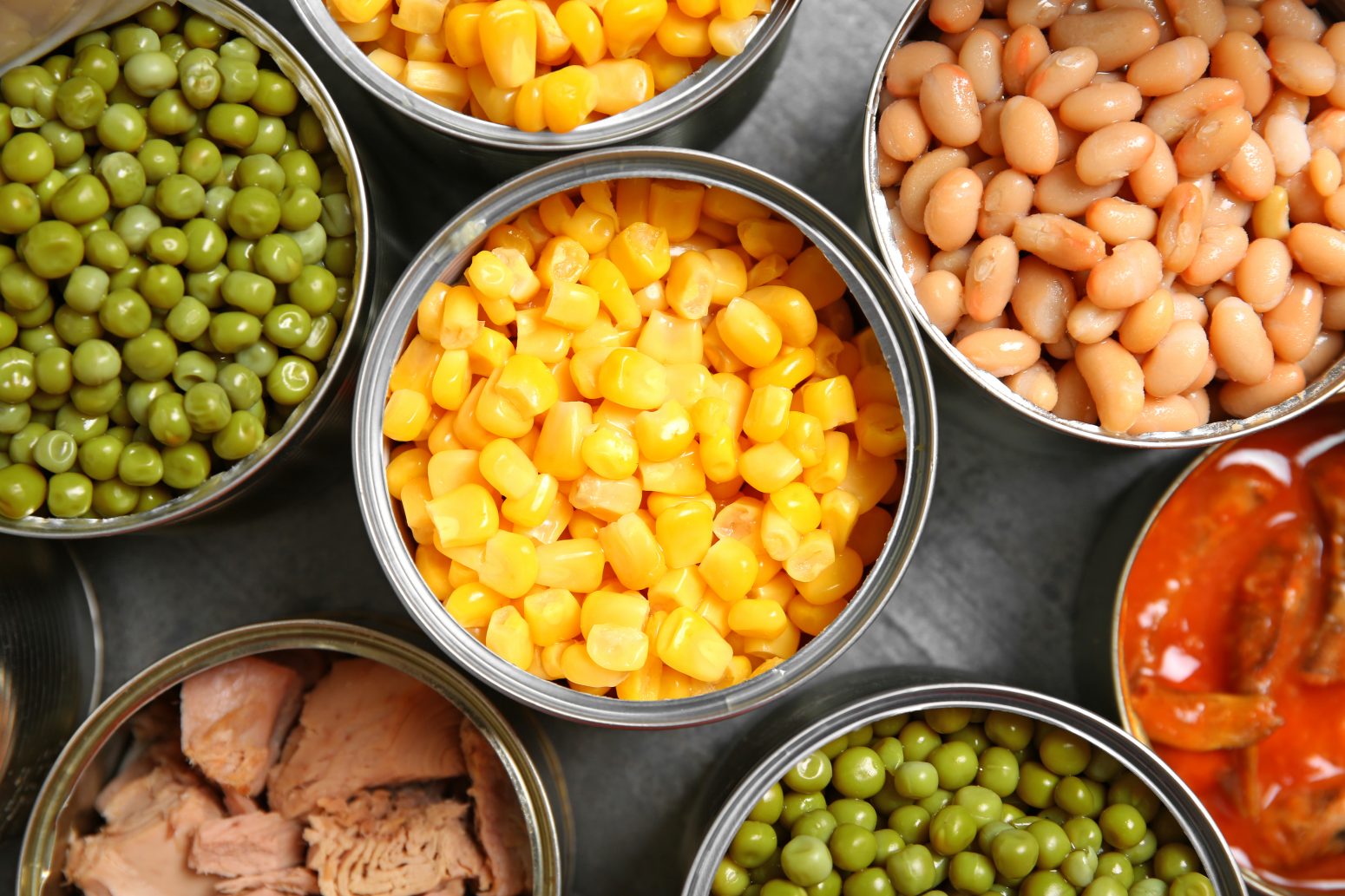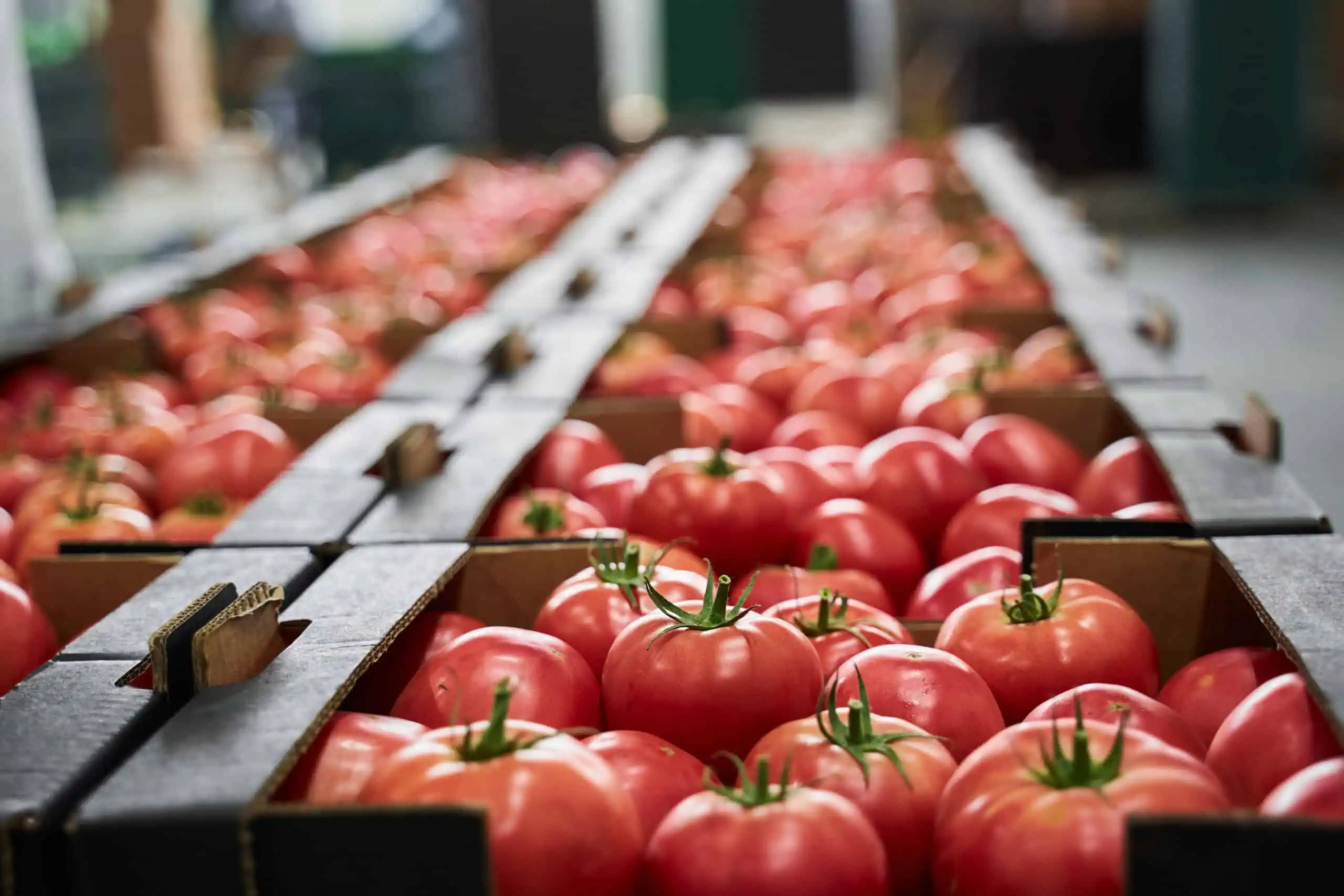
In the global economic landscape, a common observation is that manufactured goods are often more expensive than their raw material counterparts. This phenomenon, while seemingly straightforward, is underpinned by a complex web of factors that span across the realms of economics, supply chain management, and industrial production. This article aims to delve into the intricacies of this price paradox and shed light on the reasons behind the higher cost of manufactured goods.
- Production Costs
The transformation of raw materials into finished goods involves a series of processes, each incurring costs. These processes include design, research and development, testing, and production. The machinery and technology used in these processes are often expensive, and their cost is factored into the price of the finished product. Furthermore, the energy consumed during production, whether it be electricity, gas, or other forms of energy, also adds to the cost.
- Labor Costs
Manufacturing involves human labor, which is another significant cost factor. From the engineers who design the products to the workers who operate the machinery, each person's salary contributes to the overall cost of the manufactured goods. In countries with higher labor costs, this can significantly increase the price of the finished product.
- Supply Chain and Logistics
The journey of a product from the factory to the consumer involves several steps, each adding to the final cost. These include warehousing, transportation, and distribution. The cost of packaging, which is essential for protecting the product during transit and enhancing its appeal to consumers, also adds to the overall cost.
- Taxes and Tariffs
Manufactured goods are often subject to various taxes and tariffs, which increase their price. These can include import and export duties, sales tax, and value-added tax (VAT). The impact of these taxes and tariffs on the price can vary depending on the country and the specific product.
- Profit Margin
Finally, businesses exist to make a profit. The price of manufactured goods includes a profit margin, which is the amount the company earns above the cost of production. This margin allows the company to invest in future products, pay dividends to shareholders, and cover any potential risks or losses.
In conclusion, while raw materials form the basis of all manufactured goods, the journey from raw material to finished product involves a multitude of steps, each adding to the cost. From production and labor costs to supply chain logistics, taxes, and profit margins, these factors collectively explain why manufactured goods are more expensive than raw materials. Understanding these factors not only provides insight into the pricing strategies of companies but also helps consumers make informed purchasing decisions.

